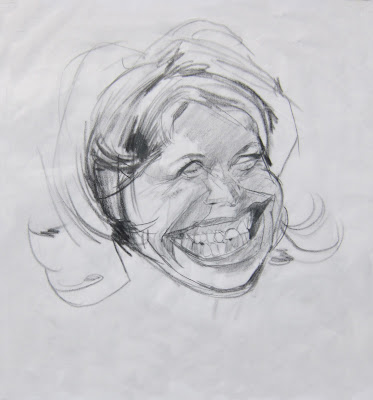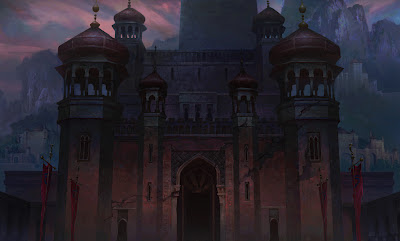THE SKETCHBOOKS OF ROBERT FAWCETT

These unpublished student sketches by Robert Fawcett show that, even as a teenager, he was a precocious talent: Ten minute sketch Ten minute sketch All his life, Fawcett continued to sketch from the model. Based on what he had learned at the Slade School, Fawcett believed his weekly drawing sessions would keep his eyes fresh. Fawcett's mature sketches show how his powers grew over the years: Detail Detail Fawcett believed that his weekly life drawing sessions paid off when it came time to make preparatory sketches for illustrations. It gave him the confidence to work from his imagination in situations where many of his peers would be dependent on reference photos.




